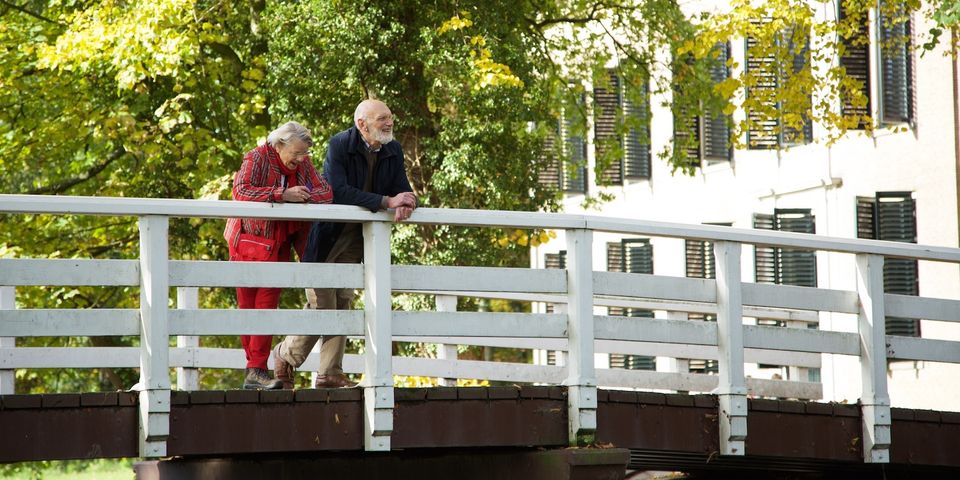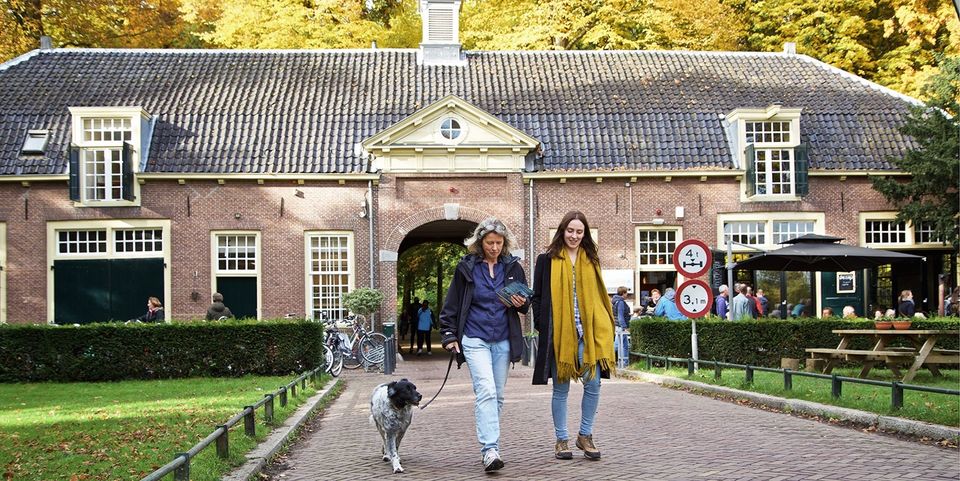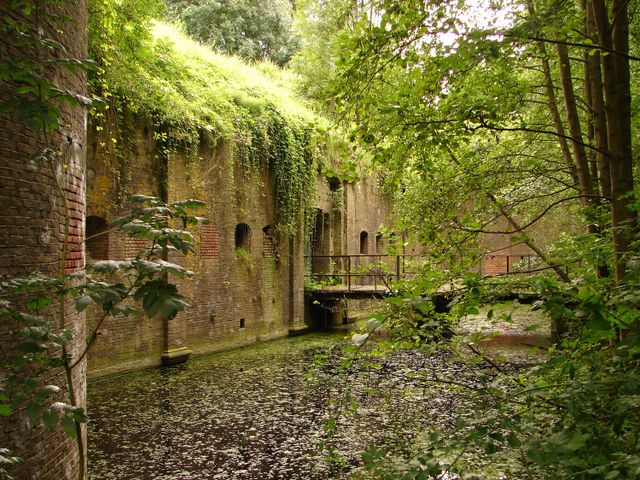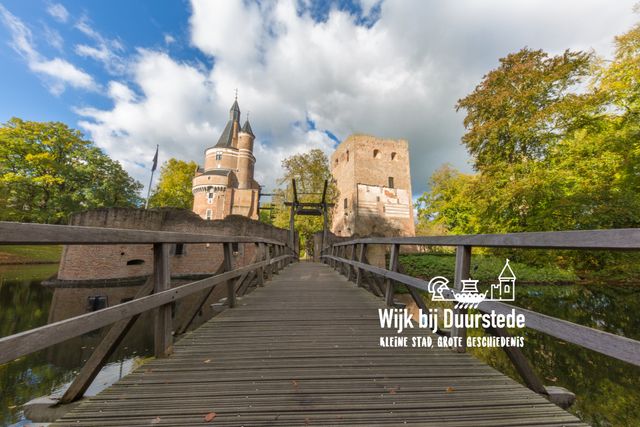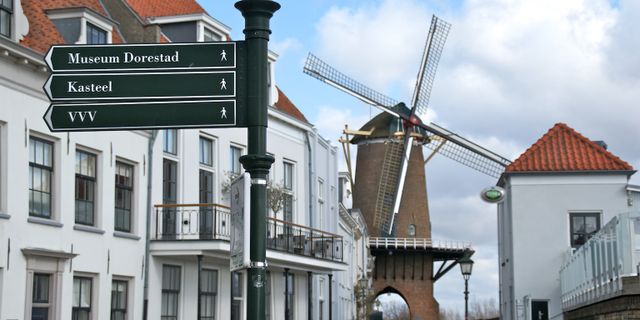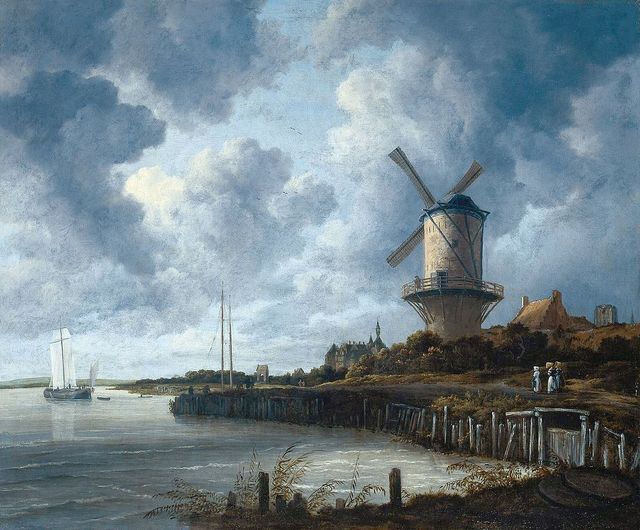Rich in history
The Kromme Rijn region is rich in cultural history. The New Dutch Water Line and the Limes (the old border of the Roman Empire) cross the Kromme Rijn region. It's a beautiful area where you can fully experience history. The estates, country houses and castles are striking features of the nature areas in the Kromme Rijn region.
Dorestad
Wijk bij Duurstede is where the Lower Rhine divides into the Lek and the Kromme Rijn. This town has a long history and was known as Dorestad in the Middle Ages. At that time, it was one of the most important trading centres in Europe. Wijk bij Duurstede has a beautiful old town centre offering many cultural and historical attractions. The Grote Kerk on the marketplace is one of the most important national monuments in the old town centre. In the mid-15th century, David of Burgundy expanded it into a three-aisled cruciform church. He has also left his mark on Duurstede Castle, De Mazijk and Het Hof.
The windmill
This unique windmill, built on a town gate (Leuterpoort), is wrongly called "The Windmill of Ruysdael" and therefore enjoys great fame.
The Windmill of Ruysdael
The windmill in the painting by Ruysdael, however, is a tower windmill a little more to the west against the town wall in Wijk bij Duurstede, whose foundations can still be found in Langs de Wal, opposite house no. 53.
The grain mill "Rijn en Lek" was originally built around 1648 as a tan mill. Tan is finely ground oak bark used as a raw material in the tanning process. For a long time, the mill was equipped as a flour mill with two pairs of grindstones.
